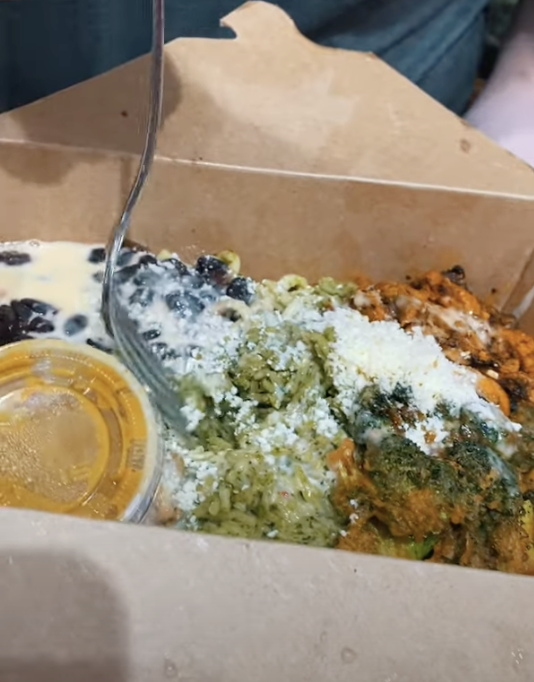Navigating Mexican Food and Blood Sugar Management: A Dietitian's Perspective

Mexican cuisine is beloved by many for its rich flavors and diverse options.
However, for individuals managing their blood sugar levels, dining out at restaurants can present challenges.
While popular chains like Chipotle offer convenient nutritional information, what happens when you visit a local Mom and Pop restaurant? Let’s explore the intricacies of dosing for Mexican food and provide insights into managing blood sugar levels when dining at different establishments.

Dosing for Mexican Food
The Chipotle
Chipotle, a well-known Mexican-inspired fast-food chain, offers a user-friendly nutritional calculator to help patrons determine the carb content of their meals. With options like rice, chicken, and a variety of toppings, it becomes easier to estimate the impact on blood sugar levels. For instance, a half to three-quarters cup of rice contributes around 35-40 grams of carbohydrates, while broccoli and crispy bacon add negligible amounts. Chicken and cheese are typically low-carb options. By using Chipotle's calculators, customers can make informed choices and better manage their blood sugar levels.
Challenges at Local Mom and Pop Restaurants
When dining at local Mexican restaurants, dosing for blood sugar becomes less straightforward. Without nutrition calculators or readily available information, determining the carbohydrate content of your meal can be more challenging.
In such cases, it's important to assess the components of your dish. A plate with chicken, rice, noodles, broccoli, and black beans may contain varying amounts of carbs. Estimating portion sizes and understanding the potential carbohydrate content of each ingredient becomes crucial for managing blood sugar levels effectively.
Navigating Carbohydrate Content
Let's break down the components of a typical Mexican dish from a dietitian's perspective. Chicken, plain and without heavy sauces, is generally carb-free. Rice, noodles, and black beans can contribute significant carbohydrates, with approximate portions of half a cup each, adding up to 60 grams or more. Fibrous vegetables like broccoli are generally low in carbs, while cheese and crispy bacon add minimal impact.
However, sauces and toppings can contain hidden sugars, so it's essential to consider their effects. Balancing these factors while estimating portion sizes is key to controlling blood sugar levels.
Seeking Individualized Guidance
Navigating Mexican cuisine and managing blood sugar levels can be a challenge, especially at local Mom and Pop restaurants. Seek professional guidance for personalized strategies to maintain stable blood sugar levels while savoring your favorite dishes.
While this breakdown offers general insights, individual responses to different foods can vary. It's always recommended to consult with a healthcare professional or a registered dietitian who can provide personalized guidance based on your specific needs.
They can help you develop strategies for dining out, including carbohydrate estimation and dosing techniques.

